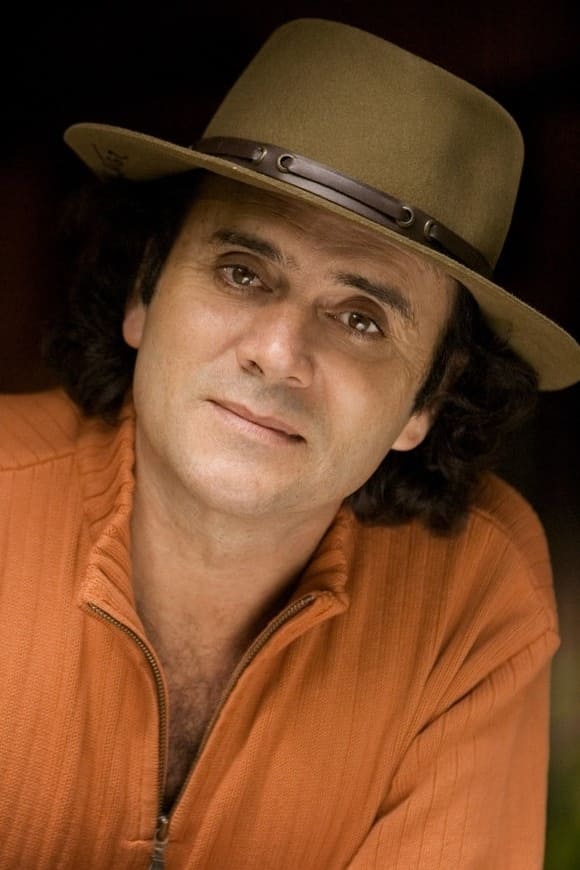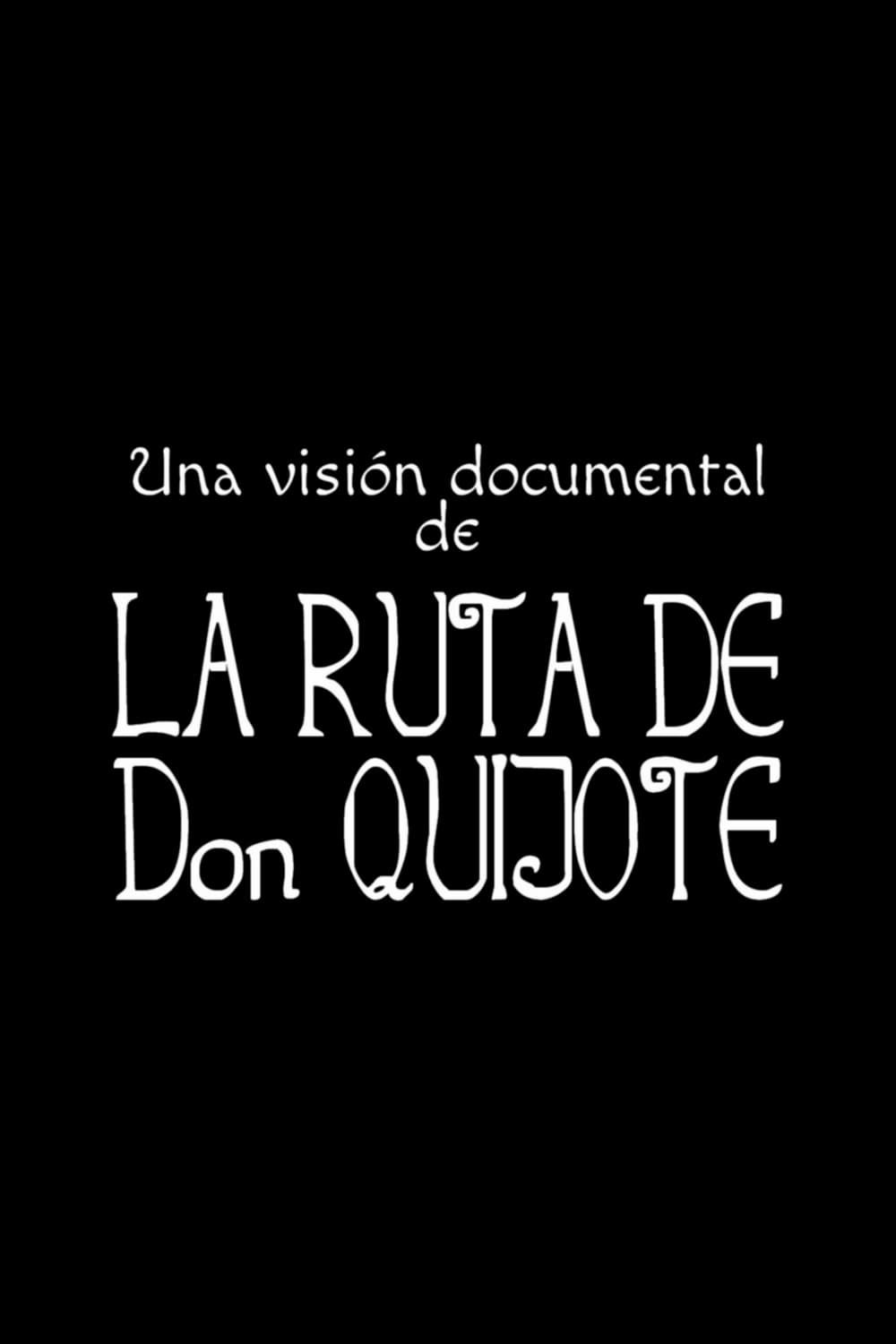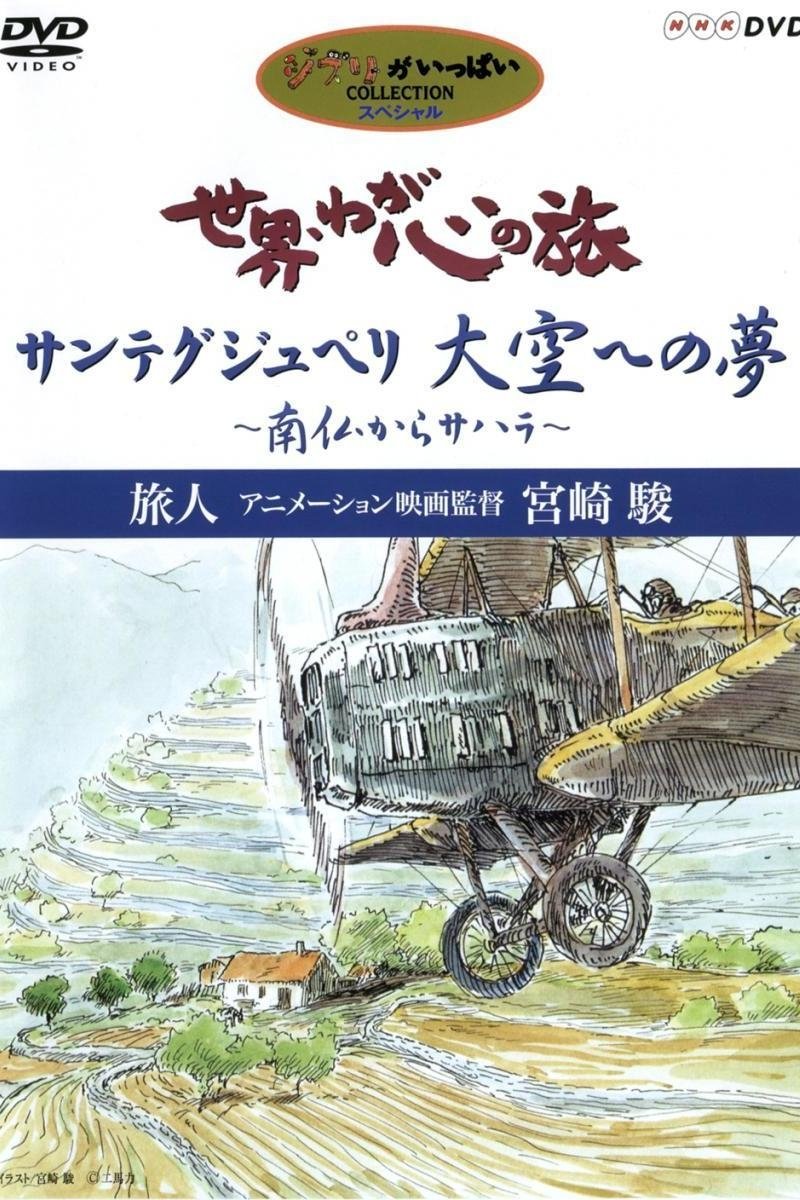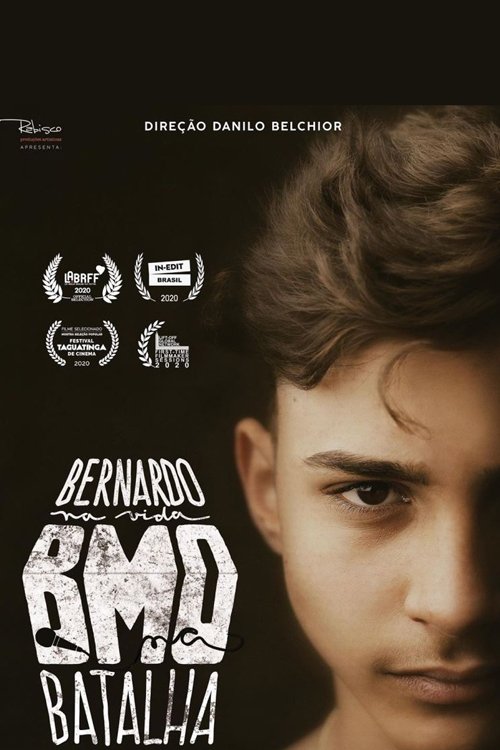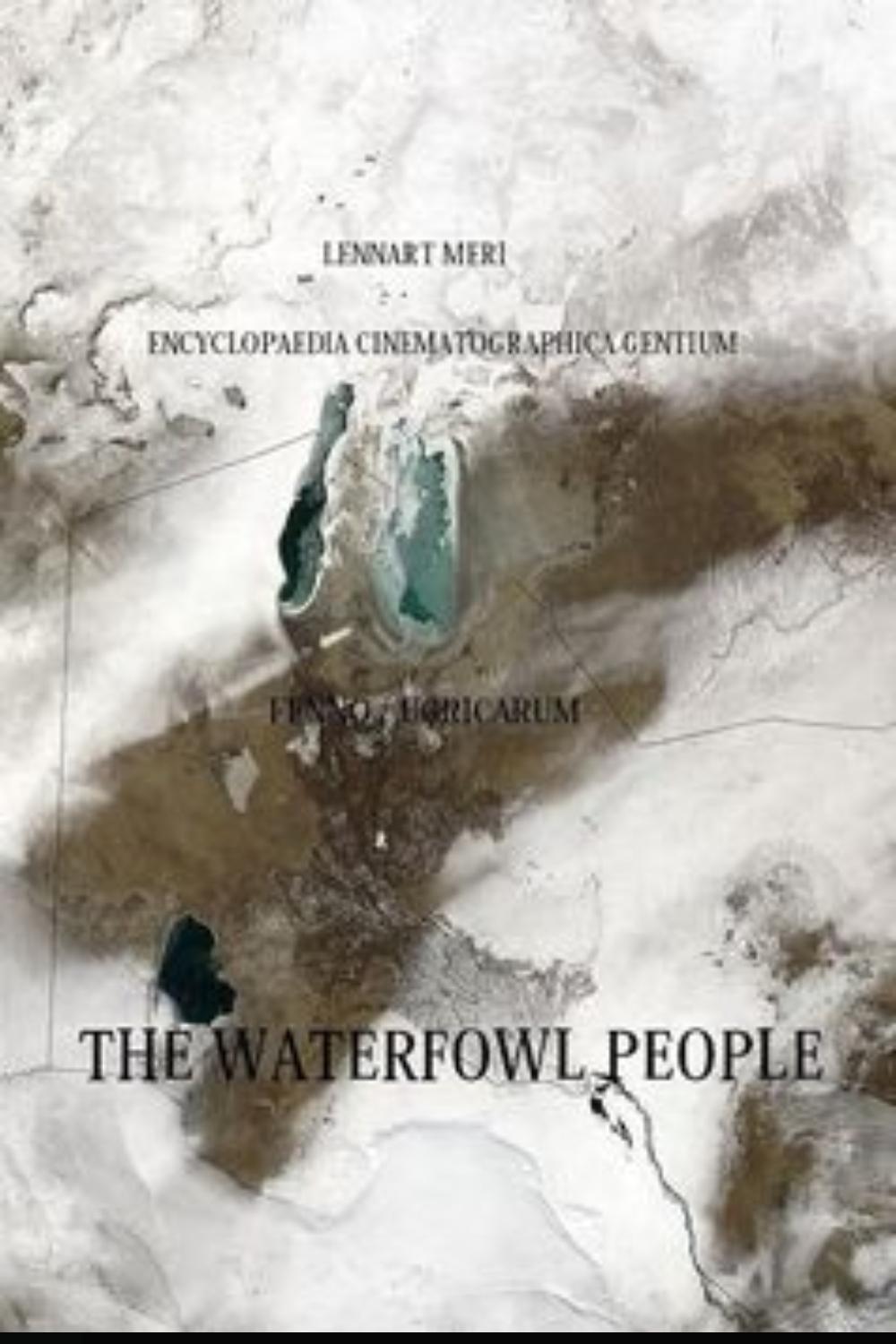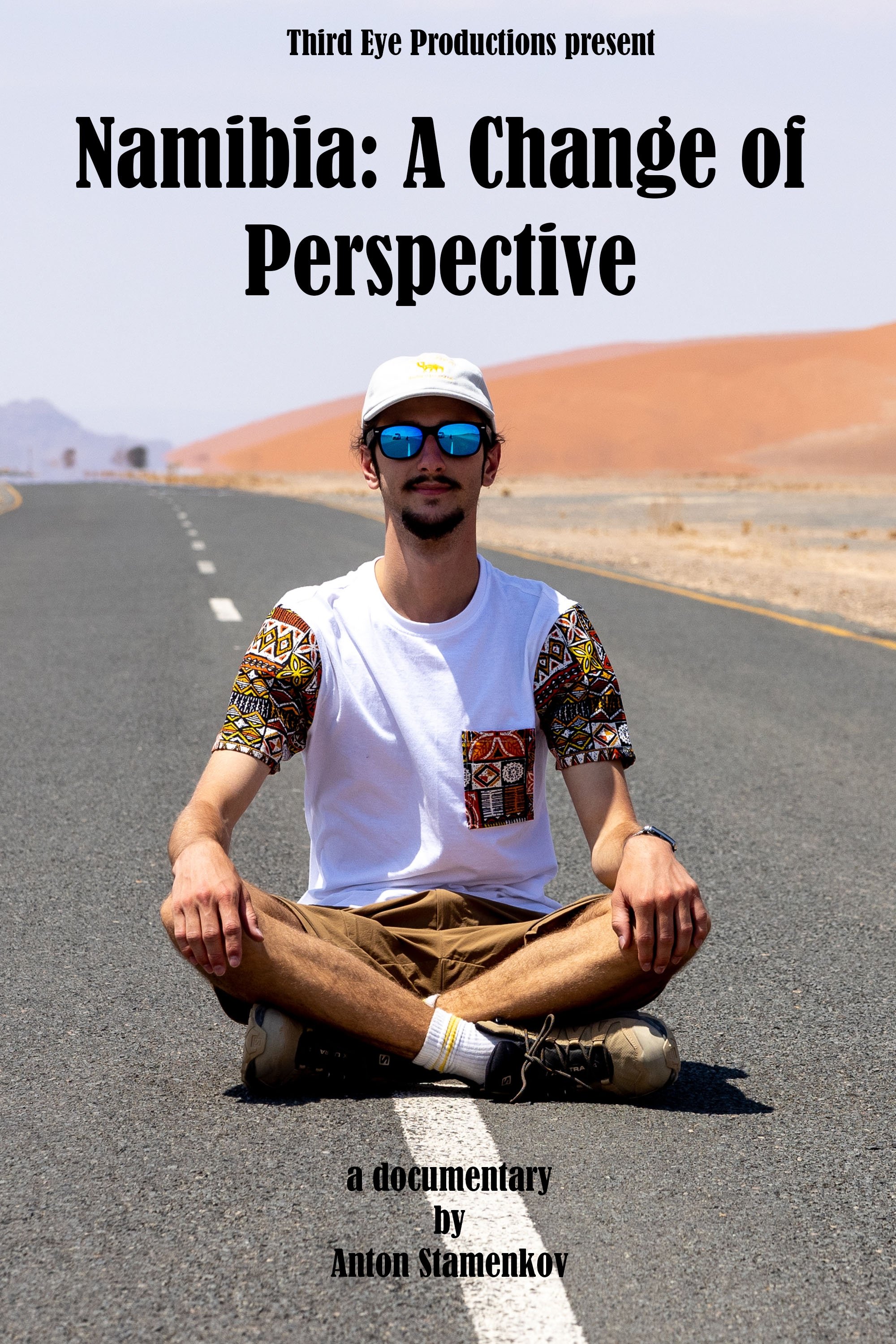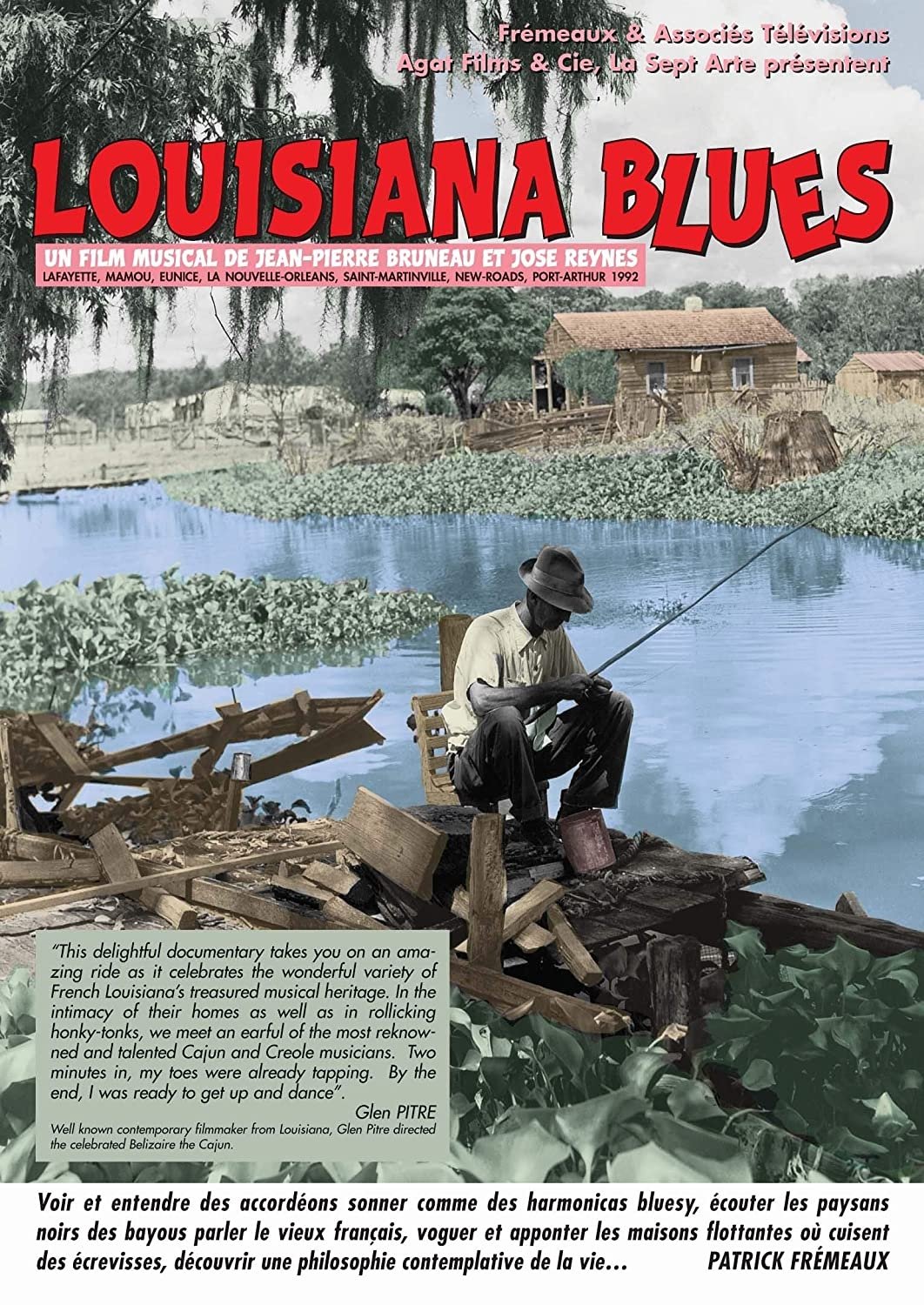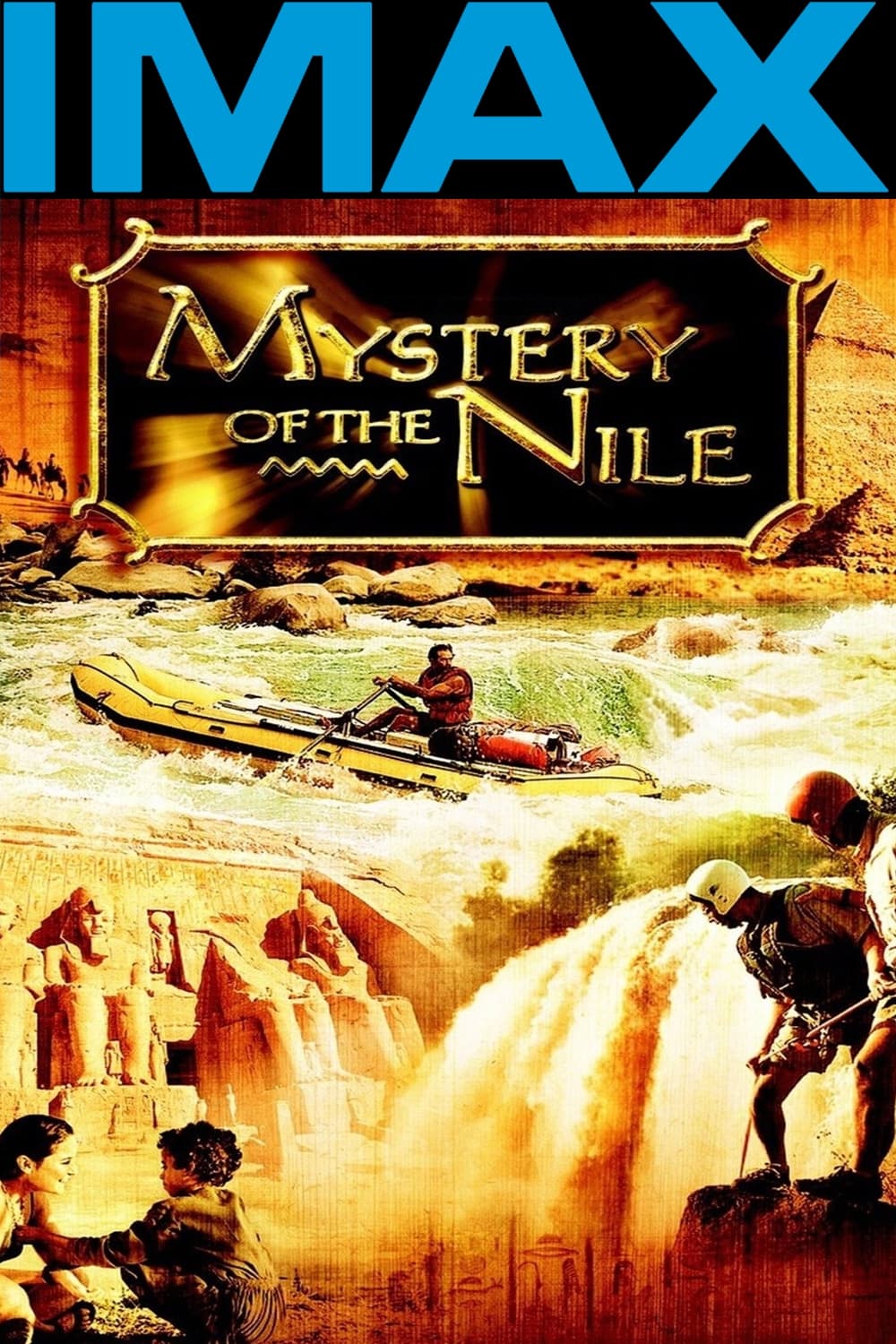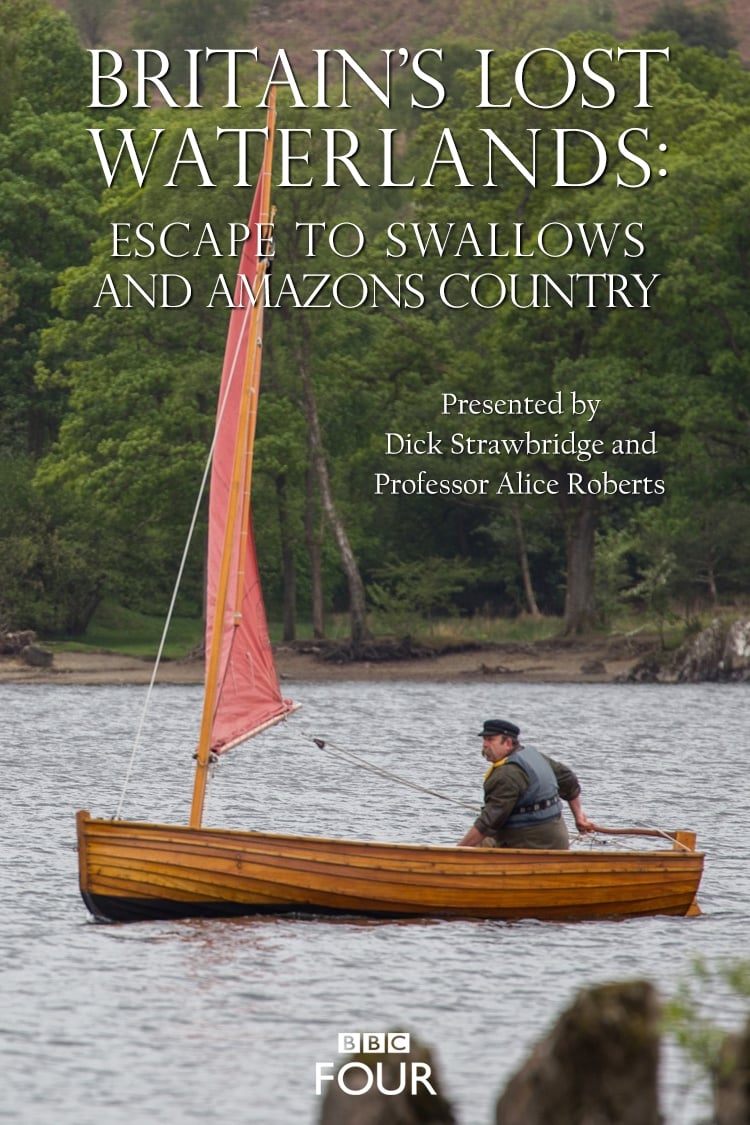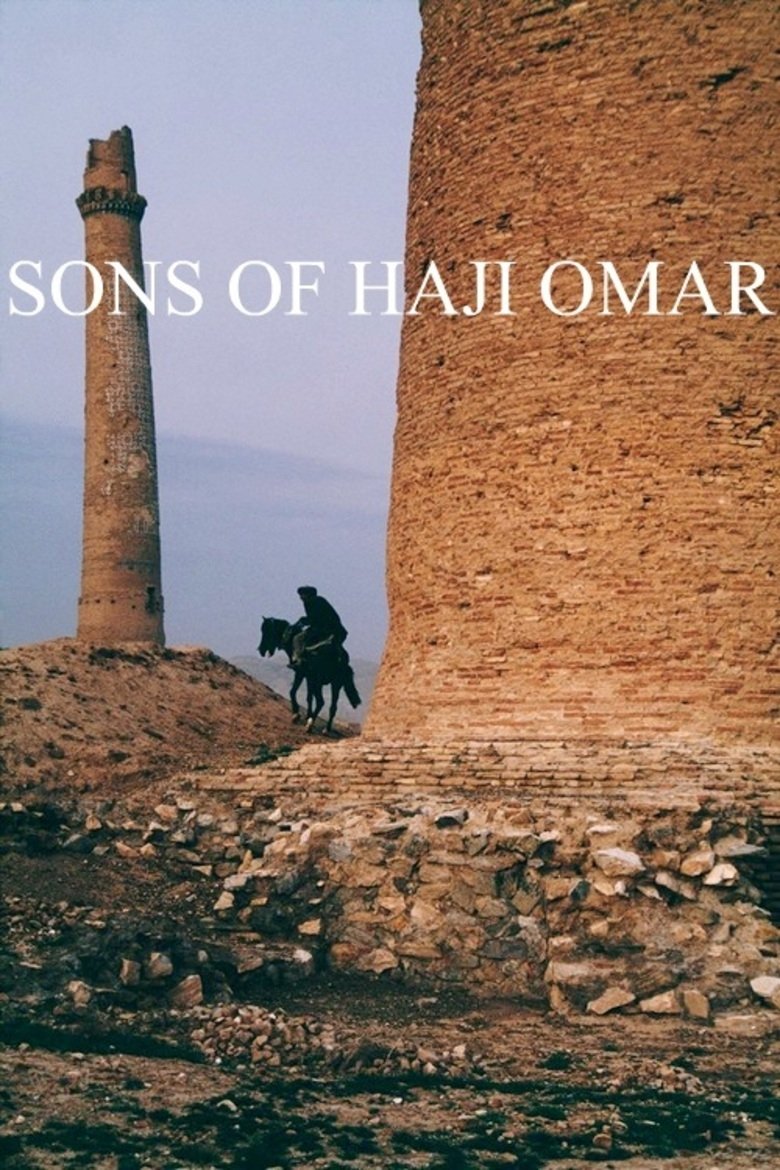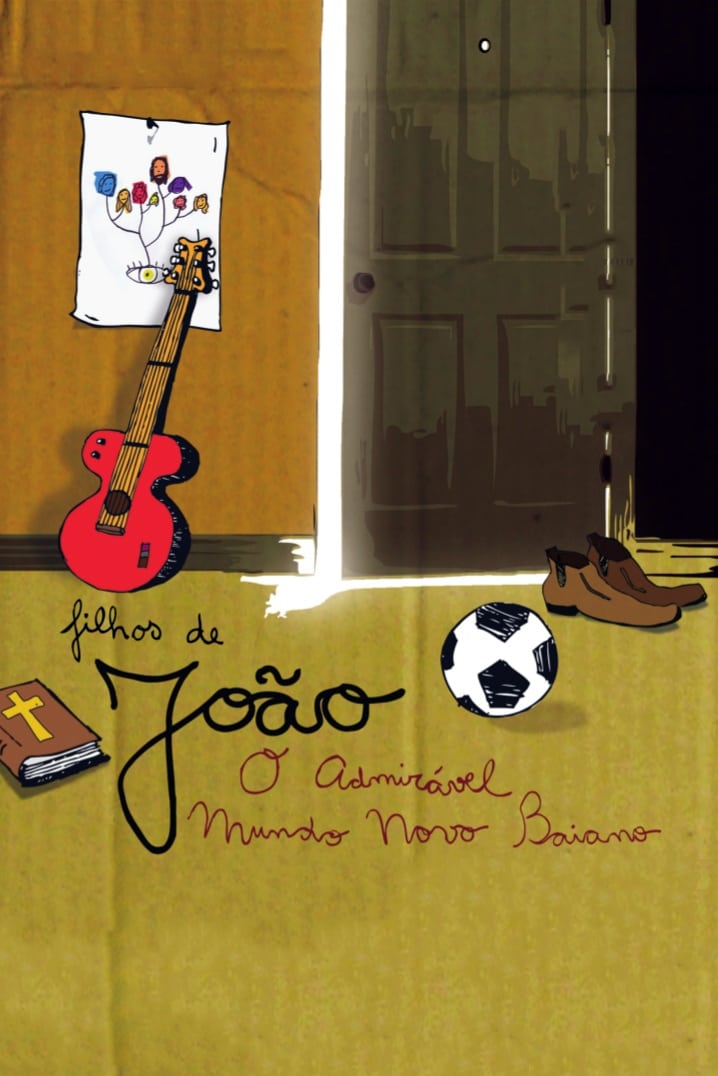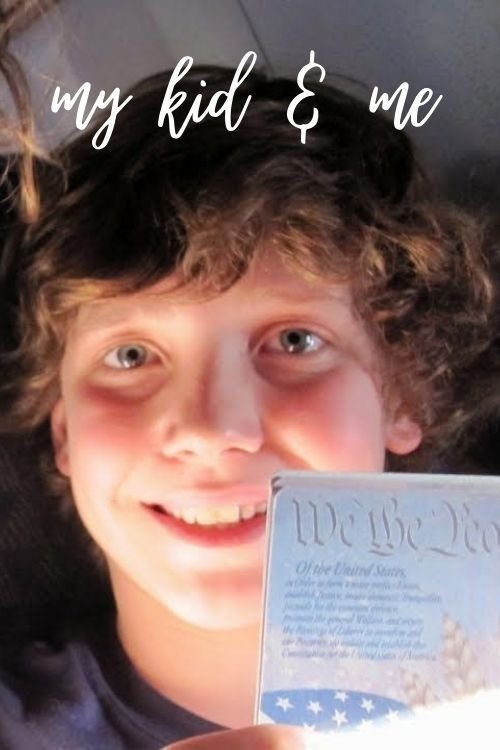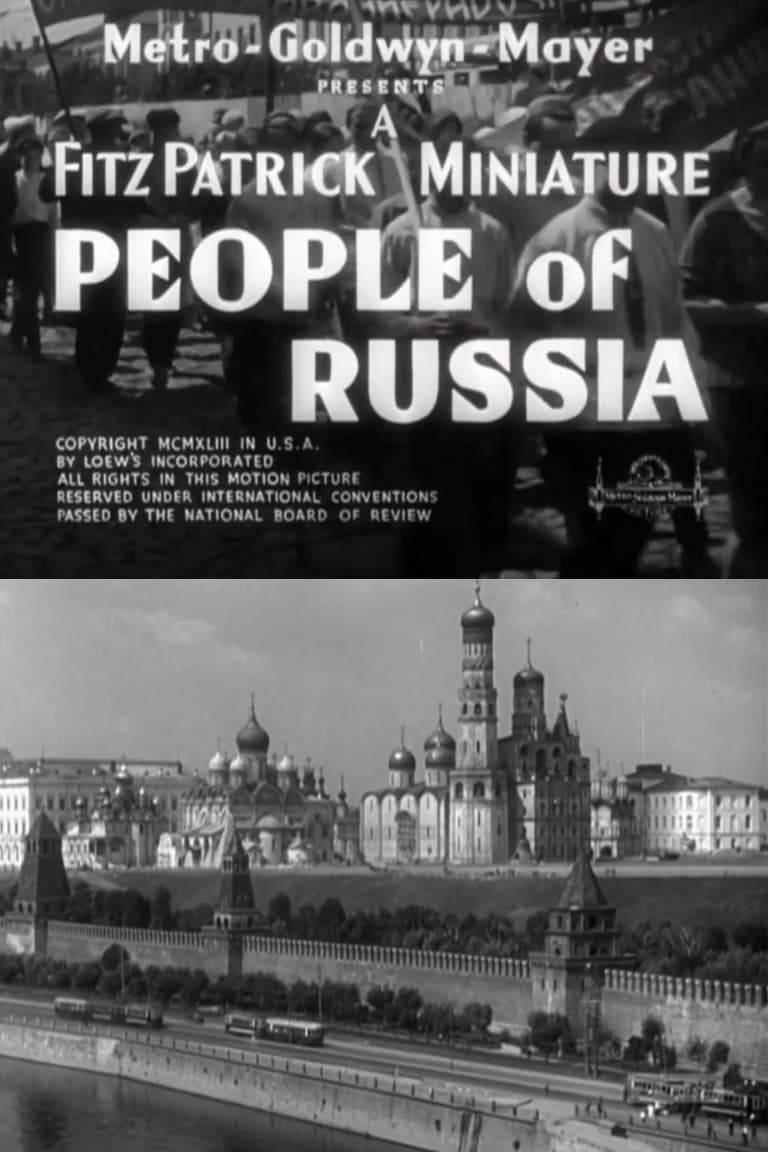Production Companies
Additional Info
| Budget | $0.00 |
|---|---|
| Revenue | $0.00 |
| Original Language | pt |
| Popularity | 0.447 |
Directed By
Wagner Carvalho
Crew
Wagner Carvalho
Aloysio Raulino
Aloysio Raulino
Wagner Carvalho
Walter Rogério
TOP CAST
Similar Movies
La ruta de don Quijote
A poetic journey through the paths and places of old Castile that were traveled and visited by the melancholic knight Don Quixote of La Mancha and his judicious squire Sancho Panza, the immortal characters of Miguel de Cervantes, which offers a candid depiction of rural life in Spain in the early 1930s and illustrates the first sentence of the first article of the Spanish Constitution of 1931, which proclaims that Spain is a democratic republic of workers of all kind.
The World, The Journey Of My Heart - Traveler: Animation Film Director Hayao Miyazaki
A documentary film starring Hayao Miyazaki as he follows in the footsteps of Antoine de Saint-Exupéry.
Himalayan Hero
Father and son take on a 4500km epic motorcycle adventure from the chaos of India to the Himalayas. Enduring the perils of stray animals, trucks, cliff-edges, military confrontation and altitude sickness, their struggles help them appreciate the precious value of life.
Bernardo na Vida, BMO na Batalha
This is the life of Bernardo, a 13 year old boy who is born from MCs in the Federal District turns into BMO.
The Waterfowl People
A documentary about the histoy and linguistic ties of the Finno-Ugric, and Samoyedic peoples. Speakers of the Kamassian, Nenets, Khanty, Komi, Mari, and Karelian languages were filmed in their everyday settings in the late 1960s and early 1970s. The footage was shot in Altai Krai, the Nenets Okrug, Khantia-Mansia, Uzbekistan, the Komi Republic, Mari el, Karelia, and Estonia. The first documentary in Lennart Meri's "Encyclopaedia Cinematographica Gentium Fenno - Ugricarum (1970 - 1997)" series.
The Winds of the Milky Way
Sequel to the "The Waterfowl People". The author interprets the kinship, linguistic and cultural relationships of the Finno-Ugric peoples. Finns, Vepsians, Votes, Setos, Erzya-Mordvinians, Mansi, Hungarians, Sami, Nganasans, and Estonians appear in the film. The film was shot in 1977 on location in northern Finland, Sapmi, Vepsia, Votia, Mordovia, Khantia-Mansia, Hungary, the Taymyr Peninsula, the Setomaa region in Estonia, and on the Estonian islands of Saaremaa and Muhu. Footage was also shot in 1970 in the Nenets Okrug. The second documentary in Lennart Meri's "Encyclopaedia Cinematographica Gentium Fenno - Ugricarum" series.
The Sounds of Kaleva
A three-act film-essay about memory and the historical-cultural ties of the Finno- Ugric peoples. The first chapter is dedicated to ancient Bearese of memory, such as Karelian cliff drawings, Kalevala runo song and Khanty bear feast rituals. the second act portrays the visit of Elias Lonnrot, compiler of the Finnish national epic Kalevala, to Estonia and his meetings with local intellectuals. Part three re-enacts an ancient smelting and blacksmith ritual set to Veljo Tormis' cantata 'curse upon iron'. Filmed in 1985 in Uhtuo, Karelia; in Khantia-Mansia at the Agan river, a tributary of the Ob; and in Estonia (Tallinn, Kuusalu, Tartu, Voru, Litsmetsa in Voru county, Lullemae, Karula, Rongu, Narva, and at a bend of the Pirita river). The third documentary in Lennart Meri's "Encyclopaedia Cinematographica Gentium Fenno - Ugricarum" series.
Son of Torum
In the same vein as Meri's other documentations, this one takes advantage of the glasnost policy to discuss the social and ecologic impact of the Russian oil industry on the natives and the lands they inhabit.
The Shaman
"Shaman" was filmed on July the 16th, 1977 in the northernmost corner of Eurasia, on the Taymyr Peninsula, at the Avam river, concurrently with the shooting of the documentary "The Winds of the Milky Way". The Nganasan Shaman Demnime (1913-1980) was 64 years old at the time. The documentary about Demnime's incarnation ritual was completed 20 years later. The fifth and final documentary in Lennart Meri's "Encyclopaedia Cinematographica Gentium Fenno - Uricarum" series.
Heartbeat of a Nation
A short documentary that celebrates Dene cultural reclamation and revitalization, in which a father passes on traditional knowledge to his child through the teachings of a caribou drum.
The Codes of Gender
Arguing that advertising not only sells things, but also ideas about the world, media scholar Sut Jhally offers a blistering analysis of commercial culture's inability to let go of reactionary gender representations. Jhally's starting point is the breakthrough work of the late sociologist Erving Goffman, whose 1959 book The Presentation of the Self in Everyday Life prefigured the growing field of performance studies. Jhally applies Goffman's analysis of the body in print advertising to hundreds of print ads today, uncovering an astonishing pattern of regressive and destructive gender codes. By looking beyond advertising as a medium that simply sells products, and beyond analyses of gender that tend to focus on either biology or objectification, The Codes of Gender offers important insights into the social construction of masculinity and femininity, the relationship between gender and power, and the everyday performance of cultural norms.
Louisiana Blues
From the camera of celebrated French documentarians Jean-Pierre Bruneau and Jose Reynes, and in the tradition of The Buena Vista Social Club, comes the exhilarating musical documentary Louisiana Blues. From the backwoods of Baton Rouge to the heart the Big Easy, creole and Cajun music have endured despite years of tumult. This film explores not only the musicians who continue to produce this music, but the climate, culture, and way of life that have shaped them. Innumerable zydeco superstars appear onscreen and deliver legendary performances, including Beau Jocque, D.L. Menard, and Zydeco Joe.
Mystery of the Nile
Filmed in IMAX, a team of explorers led by Pasquale Scaturro and Gordon Brown face seemingly insurmountable challenges as they make their way along all 3,260 miles of the world's longest and deadliest river to become the first in history to complete a full descent of the Blue Nile from source to sea.
Looking for the Wild
Have you ever wanted to take a year traveling the globe? 10-year-old Unai and his family do just that on an extraordinary mission to photograph an endangered animal on each continent in its natural environment. A documentary made by nature photographer Andoni Canela with his family is narrated by his young son who shares his experiences and observations as they camp in jungles, deserts, and glaciers in search of wolves, elephants, lions, bison, penguins, hornbills and crocodiles. Seen through the boy's eyes, their journey across all continents conveys an innocent and unconditional love of nature and reveals an urgency to protect the delicate diversity of our planet's wildlife. Breathtaking cinematography and an insider's view on the daily life of a professional photographer on assignment enhance the documentary's story of a family learning, playing, and living on a trip of a lifetime together.
Britain's Lost Waterlands: Escape to Swallows and Amazons Country
Documentary following Dick Strawbridge and Alice Roberts as they explore the British landscapes that inspired children's author Arthur Ransome to write Swallows and Amazons.
Sons of Haji Omar
Haji Omar and his three sons belong to the Lakankhel, a Pashtoon tribal group in northeastern Afghanistan. The film focuses on his family: Haji Omar, the patriarch; Anwar, the eldest, his father's favorite, a pastoralist and expert horseman; Jannat Gul, cultivator and ambitious rebel; and Ismail, the youngest, attending school with a view to a job as a government official.
Filhos de João, O Admirável Mundo Novo Baiano
A panorama of Brazilian popular music from the 60s and 70s through the musical group Novos Baianos. A retrospective of the community lifestyle adopted by its members and the influence inherited from singer João Gilberto.
People of Russia
This FitzPatrick Miniature visits the Union of Soviet Socialist Republics (USSR), the largest geographically unbroken political unit in the world, covering one-sixth of the world's land mass.
